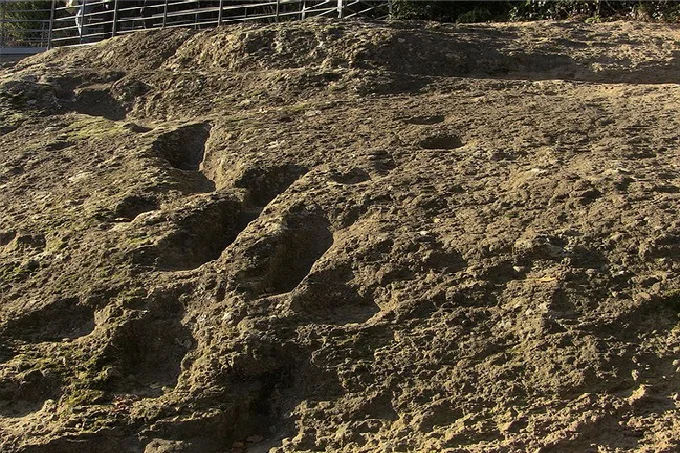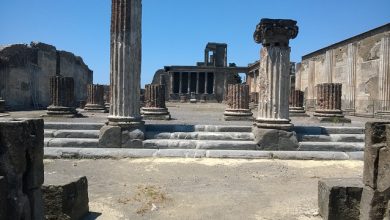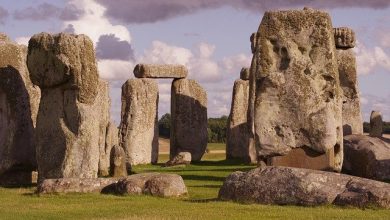The mystery of the Devil’s footprints on hot lava 350,000 years ago solved

Ciampate del Diavolo is a small area in the Italian town of Foresta in the province of Caserta, adjacent to the extinct volcano Roccamonfina. The name literally translates to “devil’s footsprints”. Thousands of years ago, the mysterious footprints left on the lava gave the area its name. Of course, only a demon could walk on the scorching lava. Scientists have finally cracked the code to these enigmatic footprints.
Roccamonfina is a tiny village in southern Italy nestled in the center of the same-named long-extinct volcano. This little village is steeped with cultural and historical significance. Tourists flock to it in droves. The majestic cathedrals and churches of Roccamonfina are the primary attractions. This region is also known for its breathtaking natural beauty.
There is another mysterious place not far from the inactive volcano, which the locals call Ciampate del Diavolo. This name means “Devil’s footprints”. The name is self-explanatory. Frozen lava has created enigmatic impressions on the mountain’s incline that resemble human footprints. Only the devil, the villagers believed, could have left these tracks. Who else could walk on the red-hot lava, after all?

A mundane unraveling
For years, the enigma of “devil’s footprints” has perplexed scientists all around the globe. About 20 years ago, researchers started looking into the origins of the enigmatic footprints. Archaeologists undertook several investigations before coming to a firm conclusion. It’s straightforward, yet it has nothing to do with mysticism.
These are, without a doubt, human footsteps. Around 350,000 years ago, these people lived in this area. Hominids, or members of the Homo heidelbergensis species, are what scientists name them. According to science, they are thought to be the progenitors of Neanderthals, Denisovans, and Sapiens.
The footprints, according to the analysis, belong to three different persons. They were climbing a steep hillside away from the volcano’s crater, over still-hot lava. The nature of the traces left behind revealed that they were descending with extreme caution. The slope was slick, and individuals often tripped and slid. They sometimes assisted themselves with their hands. They discovered the traces of an animal nearby, which resembled those of a huge dog or wolf. The experts studied all of the footprints and discovered that the people’s average height was 1.55 meters.
How did the devil’s footprints manage to last so long?
The footprints were in fantastic condition. This is due to an extraordinarily heavy coating of volcanic ash covering them. Then, through time, this layer was progressively eroded. The footsteps were apparent once again. According to scientists, the footprints were left when Roccamonfina was still an active volcano. People were fleeing the eruption in order to avoid it.
These hominid footprints are some of the earliest ever discovered outside of Africa. However, researchers say that their age isn’t the most essential factor. The way they were left is the most intriguing and essential aspect.
They are one-of-a-kind. These footprints include everything: desperation and haste, a strong desire to flee at any cost. Anyone may be driven insane by the profound emotional coloring of these basic human footsteps.
Despite the negligible amount of information about the anatomy of the foot or about the gait of these ancient people, this discovery is completely unique. Unsurprisingly, this place is a source of immense civic pride for the locals. It also occupies a very significant, special place in the list of attractions of this region.
Even though we know so little about the foot’s structure or the gait of these ancient individuals, this finding is rather remarkable. The location is, unsurprisingly, a source of considerable civic pride for the residents. It also has a unique and important position among the region’s tourist attractions. Not all of the world’s old volcanoes remain dormant. Furthermore, they have a tendency to awaken after many centuries.
Not all ancient volcanoes on Earth are dead. In addition, sometimes they tend to wake up after many centuries.




